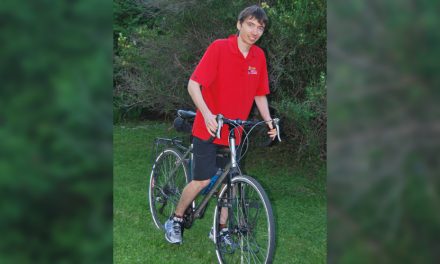HALO Director Dr. Mark Tremblay is one of the authors on a paper, “Evaluating the ParticipACTION “Think Again” Campaign,” that was recently published in Health Education & Behavior. Citation details and a summary of the paper are below.
Gainforth HL, Jarvis JW, Berry TR, Chulak-Bozzer T, Deshpande S, Faulkner G, Rhodes RE, Spence JC, Tremblay MS, Latimer-Cheung AE. Evaluating the ParticipACTION “Think Again” Campaign. Health Educ Behav. 2016 Aug;43(4):434-41.





